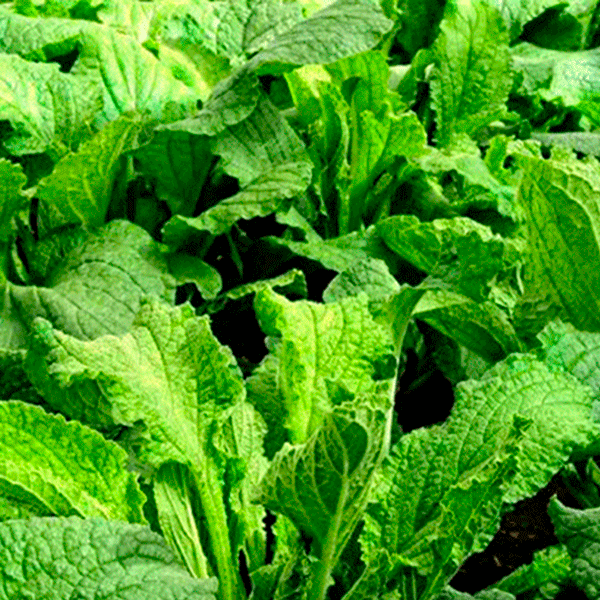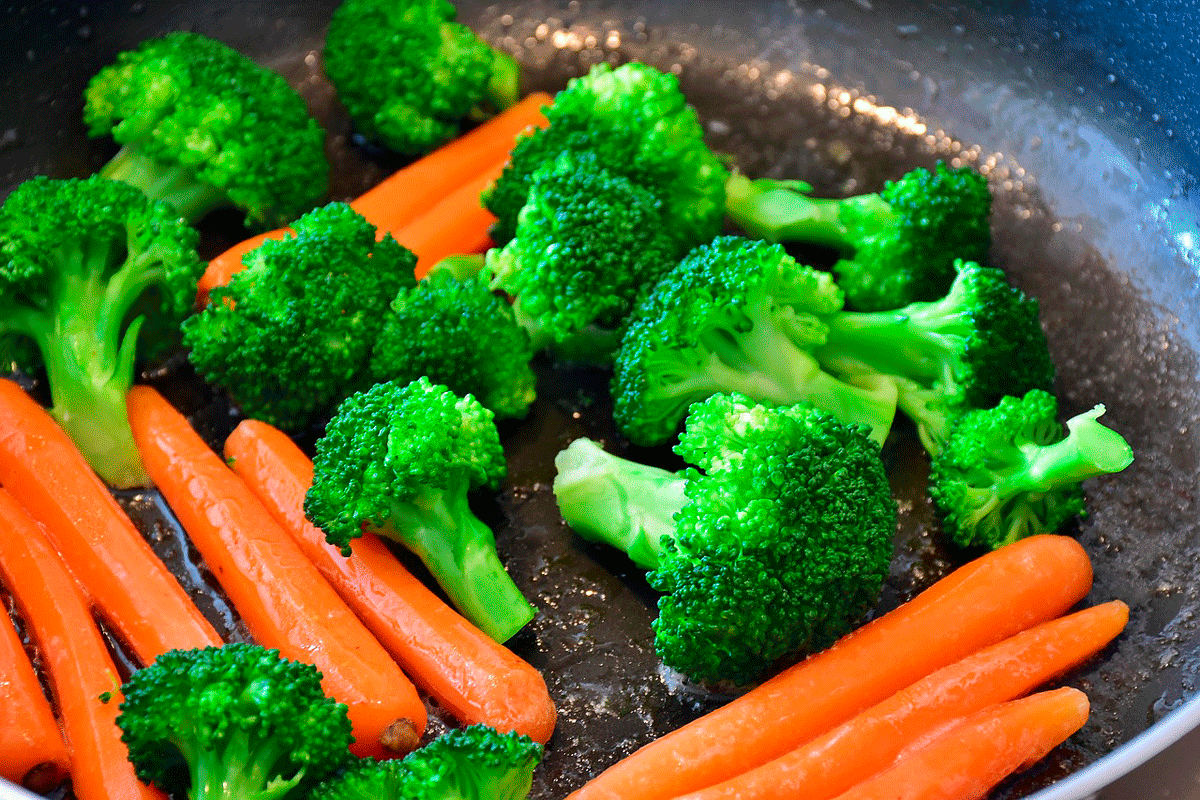HEALTHY FOODS
BORAGE AND SOUR POTATO

Borage carries a false legend. The well-known phrase
"quedar en agua de borrajas" said to express that something of which much was expected and has come to nothing, would be, in reality,
"quedar en agua de cerrajas", referring to the "Sonchus olearus L" which is also commonly grown in orchards.
Being this one less known and due to its phonetic resemblance,
ended up being the borage the protagonist of this unfair expression.
Borage
The origin of borage is located in Syria, although it seems that it was the Romans who brought the crop to Spain. Among linguists there is no unanimity on the etymology of the name, some authors affirm that it derives from the Arabic bu 'aráq.
In the Annals of the Royal Academy of Medicine of 1884, borage is contemplated as "Domestic or vulgar medicine, or, if you will, of the traditional, that the vulgar preserves with its usual persistence in everything that refers to the dominant ideas in antiquity". "It is bred in sandy places. Hase de coger en el mes de julio. The virtues that Dioscorides gives to the borage are that, put in wine, it cheers up the heart", this is how Fuchs defines it in 1753. Subsequently some research has established that it stimulates the production of adrenaline. "The plant that cheers the mind" according to the Greeks and gave courage to go to combat.
Borage has been considered a medicine rather than a food. It is difficult to list all the benefits of this humble vegetable. To summarize we can say: it has pro-vitamin A, which is an essential antioxidant and increases the defenses; as it contains abundant potassium, but is low in sodium, it is an effective diuretic and purifier of the body; anti-inflammatory properties, relieves coughs and colds, it is beneficial for stomach disorders. But above all these positive effects, its quality as a heart-healthy food stands out. And, in addition, it is not fattening.
Borage in the Queiles valley
In spite of the Mediterranean origin of the borage, there are few provinces of Spain where it is cultivated and consumed in a habitual way. In the province of Zaragoza, a large part of the irrigated land is dedicated to its production. In Aragon, to speak of borage is to speak of one of our cultural identity signs.
If borage is good, healthy and exquisite, those cultivated in the Queiles orchards are plants of exceptional quality. The incipient market of organic products, which is gaining more and more followers every day, is revolutionizing the world of vegetables. Thanks to the cultivation under plastic, the right conditions are achieved to meet the demand for borage throughout the year. When the borage from the Tarazona region is consumed, its fine, tasty and delicate flavor is appreciated.
For José Carlos Sainz, organic vegetable producer of Tarazona, borage is the emerald of vegetables in the Moncayo. Borage is grown outdoors and when the cold weather arrives, he adds, the production is transferred to the greenhouses in the Valoría ravine. They are irrigated with water from the Moncayo and are grown on higher ground than on the banks of the Ebro, seeking a greater temperature contrast between day and night. These factors favor the cultivation of borage, "which has the best quality in the whole valley".
The leaves are used to make crespillos, a traditional Aragonese dessert that consists of coating the leaves in flour, egg and aniseed, frying them in olive oil and sprinkling them with sugar or adding a little honey. A sweet easy to make, for a way of life that squeezes to the maximum the gastronomic resources, taking advantage even of the borage leaves that are usually thrown away. And it is that, in the borage as in other products, everything can be taken advantage of.
It is the culture of our people from Moncaín: hard-working, persevering and foresighted.
Nowadays, and more and more, the use and consumption of borage has become a gastronomic trend on the rise. Its potential and possibilities in haute cuisine make this vegetable a very special product. Great chefs have discovered the humble borage, which thanks to its exquisite flavor and fine texture has become a luxury vegetable.
In Tarazona, far from sophistication, it is known that to eat a delicious dish of borage there is no need for complicated elaborations. Here it is eaten as it has always been eaten, boiled with potato and seasoned with raw olive oil and a little salt. Simply delicious.
The sour potato of the Queiles River Valley
In 1571, the potato plant arrived in Spain amidst treasures and gold, at the hand of Francisco de Pizarro, the conqueror of Peru. Potato cultivation did not become popular in Spain until the end of the 18th century. Considered food for cattle, it was rejected by the clergy because it was not mentioned in the Bible, and because of the popular superstition that growing it underground was the work of the devil.
In the famine years of the 17th century, the potato became the food sustenance of the poorer population, cushioning the dependence on cereal crops. It was a new and cheap source of food. Potato cultivation became popular in Spain at the end of the 18th century, and towards the middle of the 19th century the potato omelette began to spread. Its high carbohydrate content, which provides energy, and the egg as a source of protein, make the potato omelette a very nutritious dish.
Medicinal virtues of the potato
The potato is rich in starchy carbohydrates, vitamins A, B and C, and essential trace elements: potassium, iron and zinc. Today, the potato is one of the main foodstuffs in the world. Thanks to their vasodilator and diuretic properties, they are suitable for combating blood pressure and for good cardiac function. Its consumption is important to maintain muscle contraction, the good condition of the skin, and has a sedative effect.
Sour potato from Moncayo
Currently, it is estimated that there are about 3,000 varieties of potato in the world, selected according to their characteristics. Among the best known in Spain is the so-called sour potato, which is a semi-late variety that is harvested between June and September. The sour potato has yellow flesh, large size, oval shape, thin skin and great texture. Very adaptable to different forms of culinary preparation, whether boiled, baked or fried, it maintains its quality and flavor.
Potatoes have been present in the agriculture of Borja and Tarazona for hundreds of years, mostly for family use. They were harvested and kept in good dark conditions for consumption during the year, taking care not to grill them. The kennebec has been for years one of the most cultivated varieties. Nowadays the sour potato, thanks to its properties, is one of the most demanded varieties in our gastronomy.
According to José Carlos Sainz in Tarazona: "the soil, altitude and climate of the Moncayo area favor the cultivation of potatoes". Although this is not an autochthonous product, it is well established in the local agriculture. It is cultivated between the end of February and March as is traditional; burying a piece of potato in orchards and fields, and, he adds, "some still dig it up with a hoe". The sour potato is becoming better known every day, and for this reason, José Carlos tells us, the entire production is sold. In the regions of Tarazona and Borja it is used to cook traditional dishes: rancho, the so-called "patatas a la malonera" (potatoes cooked in milk), and as an indispensable complement to roast lamb.


 Español
Español English
English